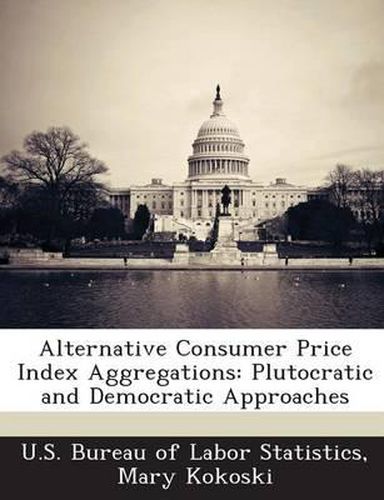Alternative Consumer Price Index Aggregations
Mary Kokoski

Alternative Consumer Price Index Aggregations
Mary Kokoski
Price indices are constructed to represent a population by using a sample of household expenditure information as weights. This expenditure information must be aggregated across households. In most cases, including the U.S. Consumer Price Index (CPI), the aggregation method used corresponds to a plutocratic index. Other types of aggregation, such as the democratic index, are also possible, and, in terms of economic theory, equally valid. In practice, the plutocratic approach is much more practicable, but it may provide a different measure of price change than the democratic index. This paper provides an empirical analysis of the differences between the plutocratic and democratic price indices, using data from the Consumer Expenditure Survey and the CPI for the periods 1987-1997, and for simulated price change scenarios. The results show that there is very little difference between the two types of index, and that one index need not always exceed the other. In the simulated scenarios, even the extreme cases where prices changed only for expenditure-inelastic goods and services, the difference between the democratic and plutocratic indices was only about one point for every ten percent increase in the relative prices of these goods.
This item is not currently in-stock. It can be ordered online and is expected to ship in approx 2 weeks
Our stock data is updated periodically, and availability may change throughout the day for in-demand items. Please call the relevant shop for the most current stock information. Prices are subject to change without notice.
Sign in or become a Readings Member to add this title to a wishlist.


